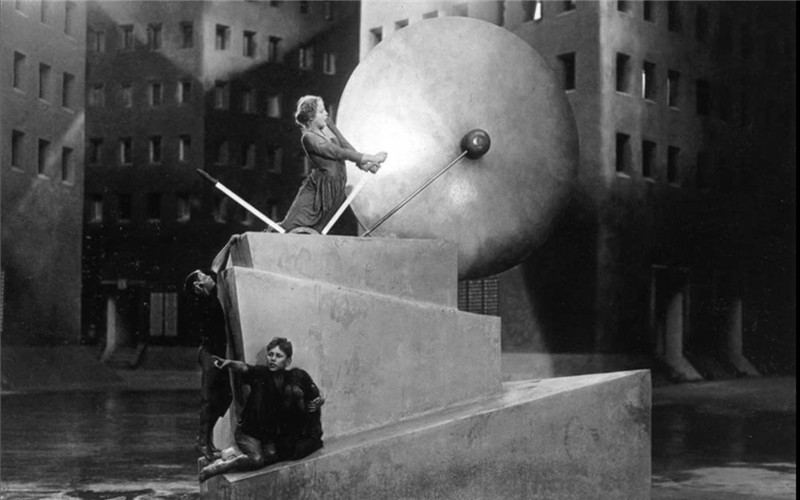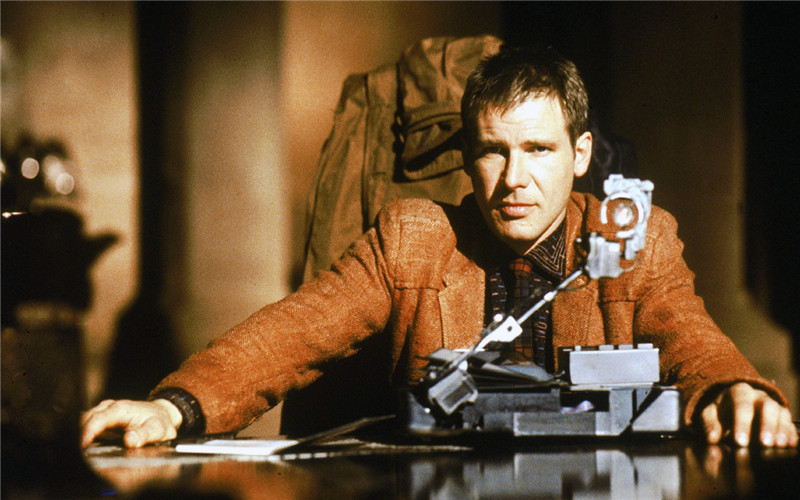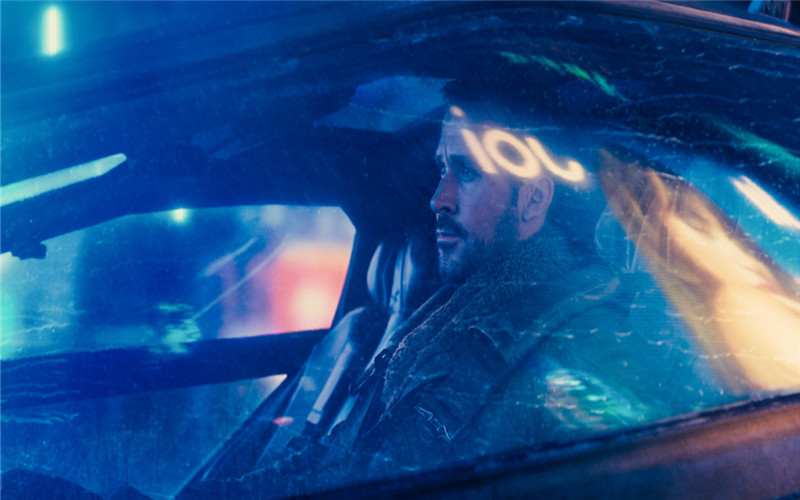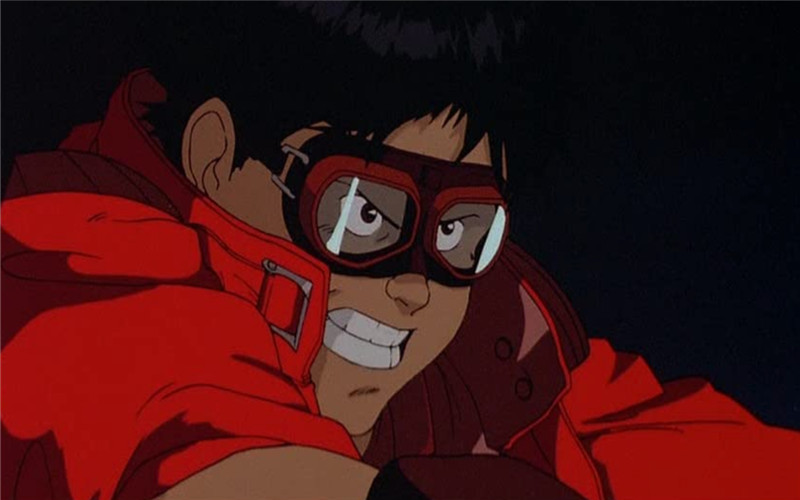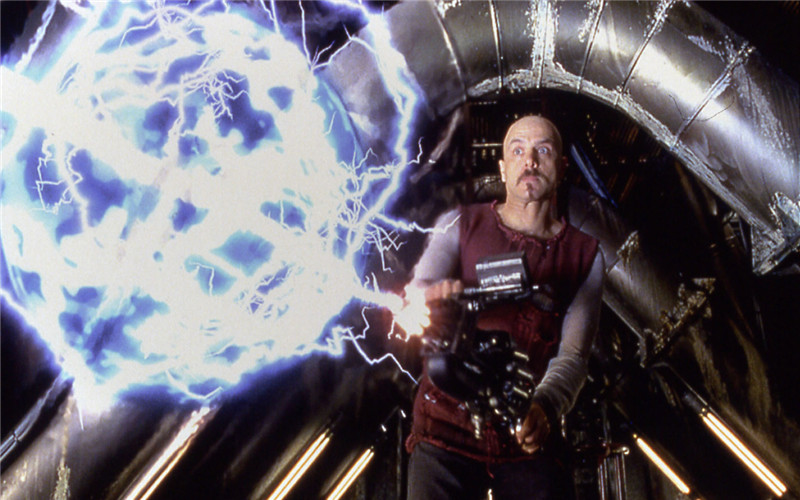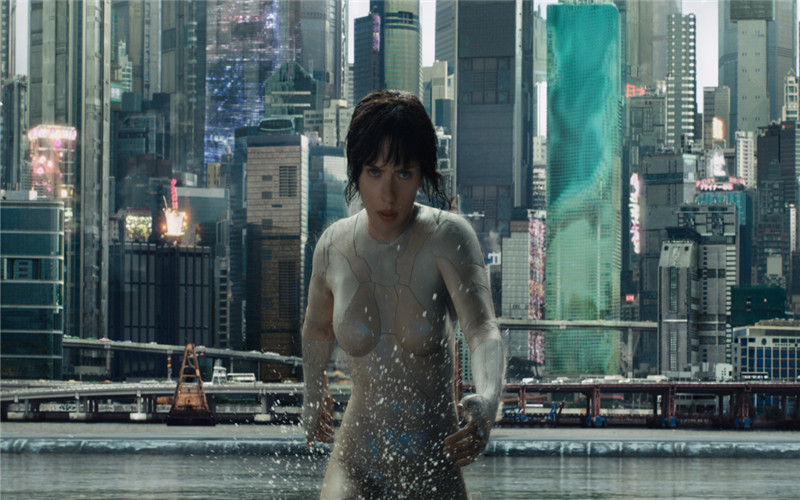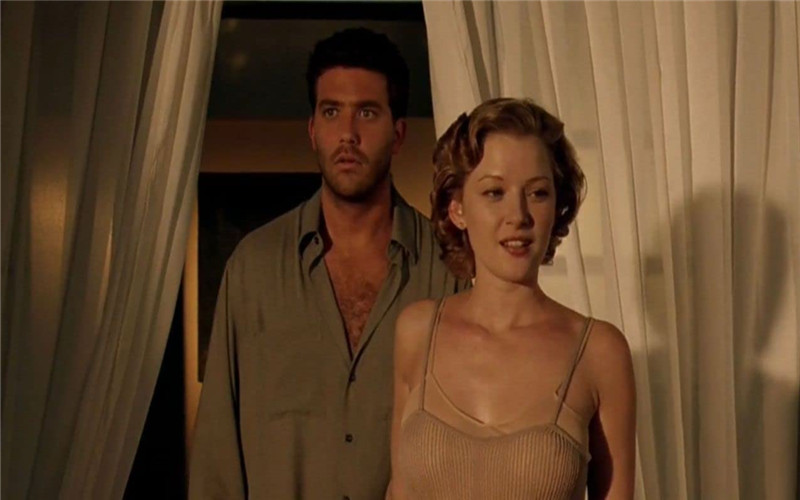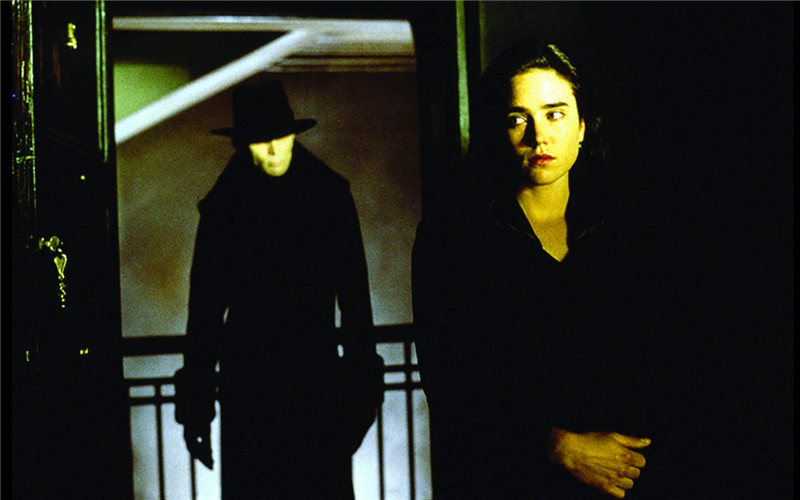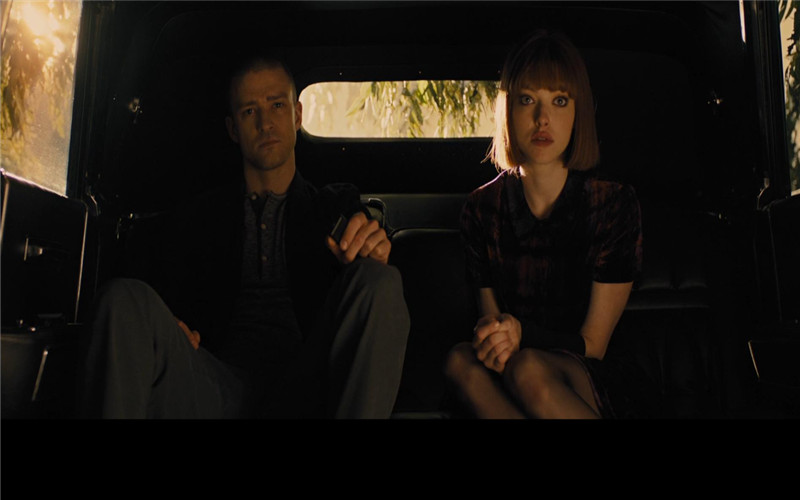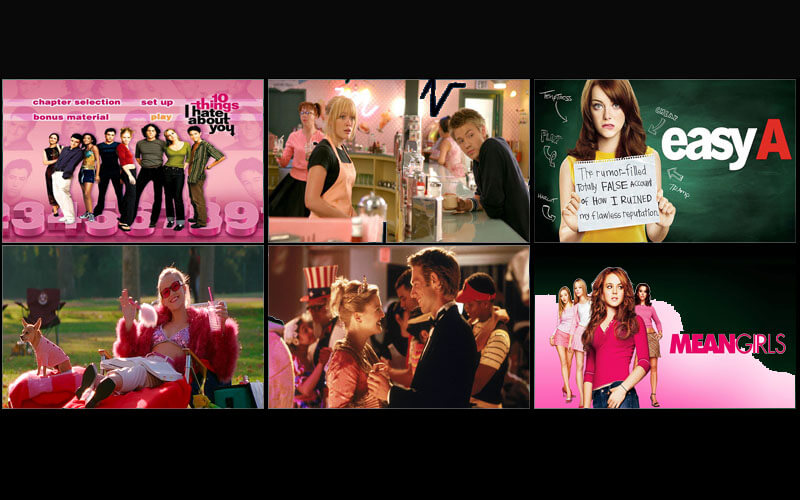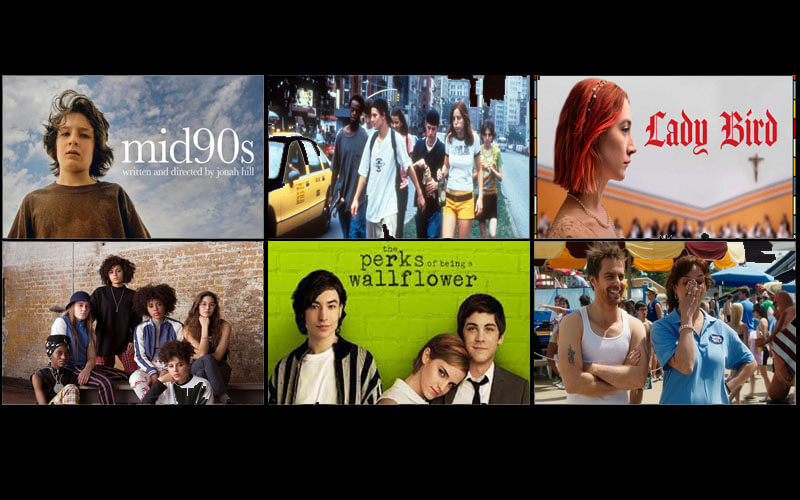Best Cyberpunk Movies: Dystopian Aesthetics Built in the Sci-Fi World
Many of the best cyberpunk movies contain representations of dystopian aesthetics. The plot of cyberpunk usually revolves around the contradictions between hacking, artificial intelligence, and large corporations, and is set in a dystopian earth in the not-too-distant future.
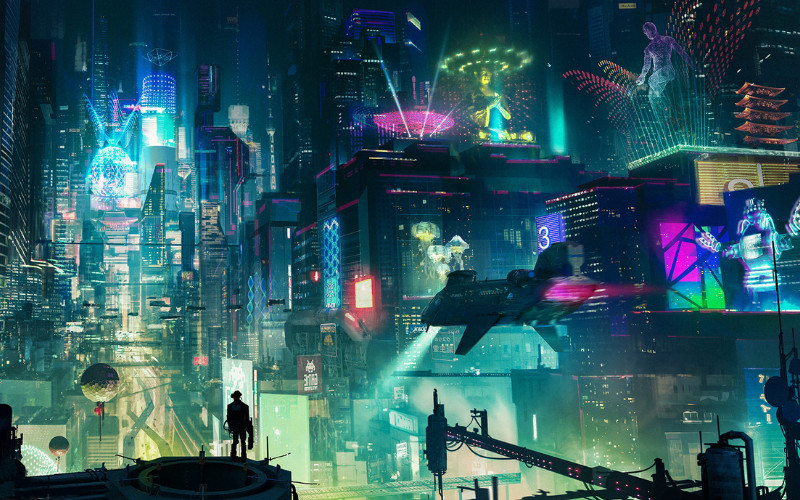
Cyberpunk is trending on the Internet recently, and cyberpunk movies rich in its elements have also reappeared. The following cyberpunk movies list will give you a constructive viewing guide so that viewers can better understand cyberpunk films.
1.Metropolis
Metropolis is the earliest and best cyberpunk movie. It is a classic among classics, a masterpiece of the silent film era that has always been imitated; it is the first monument in the history of science fiction films, and its influence can be seen everywhere in later generations of science fiction.
In the future metropolis, society is divided into two classes, the capitalists who build and orchestrate the huge machinery on which the whole city runs, and the workers' groups who build and maintain the machinery with their hands by labor and day and night.
Religious films in the style of science fiction can allow people to understand and contact the connotation and meaning of religion in bizarre images. They can easily deepen the ideological depth of the film, so it is loved by Western directors who Christianity deeply influences. In a sense, such cross-genre films have also become another useful tool for religious propaganda. For example, in the film's final scene, the hands of workers and capitalists are tightly clasped together - a symbol of reconciliation. To Western audiences familiar with Christianity, this obvious metaphor needs no explanation.
When man and God are reconciled, and man and man are reconciled, the cause of the kingdom of heaven can finally continue to be built. So, seeing the ending, we can say that this film is full of Christian optimism. Giorgio Moroder and Erich Pommer produced this film.
2.Blade Runner
Blade Runner is one of the best cyberpunk movies, and it is also a milestone in the history of dystopian aesthetics.
In the early 2000s, Taylor's advanced robotics reached a critical stage. Those robots are exactly like humans. Known as replicants, they are used for slave labor, dangerous exploration, and colonization of other planets in the outer world. During the mission, after a bloody riot in Outer Colony's 6th Battle Group, replicants are outlawed on Earth - and must be executed. Rick Deckard is one of the Blade Runners. They were ordered to kill any invading replicants. He worked with Rachel, the No. 6 replicant of the Taylor Company. During the tracking process, he and Rachel fell in love. They learned about the efforts made by the replicants to prolong the life of their body machine and gradually began to reflect on the fate of humankind.
Blade Runner is the best and most representative sci-fi film of the 1980s. This dark, depressing, slow-paced cyberpunk movie always runs through the debate on the value of people, with a strong reflective temperament and humanistic spirit. The film's storyline is not complicated, but the great inner proposition, the desire for life, and the philosophical thinking about human nature.
Blade Runner also created a visual precedent for cyberpunk. At the same time, because the film is filled with many neon light scenes, neon lights have become a classic element of cyberpunk and repeatedly appeared in subsequent works. This was also a coincidence. It was a clever move made by the crew at that time to cover up the brief scene so that it would not reveal flaws under the strong light source.
3.Blade Runner 2049
This Blade Runner cyberpunk movie is the second one of this series. Movies like Blade Runner revolve around the theme of human nature and the inner soul. It should be a literary film, and the details, soundtrack, and composition all reveal strong humanistic feelings. It's a meaningful and thought-provoking film.
The 2049 episode focuses on a younger, more clearly roboticized replicant, K. While hunting down an early model of the Chain 8 replicants, K uncovered a secret that threatened the border between humanity and the millions of android enslaved people that now exist. K disobeyed the order to destroy secrets issued by his superiors and used outdated investigation methods to find Rick Deck, the former blade runner, and jointly crack the conspiracy that was about to subvert human society.
Blade Runner 2049 is a movie with typical cyberpunk dystopian aesthetics. Human society is highly developed in technology, but the living environment is extremely harsh. Humans and artificially created replicators with strong physical functions and independent consciousness coexist together, while the social status of the two is completely different.
This cyberpunk movie is directed by Canadian director Denis Villeneuve and is based on Philip K. Dick's novel "Do Androids Dream of Electric Sheep?" "Adaptation. It stars Ryan Gosling, Harrison Ford, Ana de Armas, and Sylvia Hoeks.
4.Akira
In this cyberpunk anime, the creative background of "Akira" comes from the history of the two atomic bombs that Japan suffered during World War II. The film begins with the Tokyo bombing in 1988, the first appearance of Akira, which means light in Japanese.
In 1988, an unexplained explosion occurred in Tokyo, Japan, and paralyzed the city. With the economic depression and political turmoil in Shin-Tokyo, there is fear of rumors that the end of the world is imminent. However, the Japanese military has secretly conducted a study called "Akira," which uses 40 human beings as a living experiment to create superpowers by stimulating the human brain to draw out the human body's potential. The secret is that the former Experiment No. 28 "Aguilar" was chopped up and frozen by the military after it was judged to be out of control, but scientists still suspect that Akira still exists in the world in some form.
In this film, it represents the energy that human beings can't yet control, so Akira is a threat.
Although many scientists have tried to study and manipulate Akira, the actual meaning of Akira cannot be manipulated. Its concrete representation in real life is such things as atomic bombs, which can be invented or even used, but the consequences are unimaginable. As the film tells, 30 years after Tokyo's 1988 explosion, Akira reappears. Humans think it is decomposed and abstracted away, all illusions.
In Akira, there is not only a reflection on nuclear energy but also a discussion on the government and civilians. It is a wake-up call to self-awareness and control over abilities.
5.The Matrix
In the near future, cyber hacker Neo becomes suspicious of this seemingly normal real world. He met the hacker Trinity and Morpheus, the hacker organization's leader. Morpheus told him that the real world is controlled by a computer artificial intelligence system called "matrix" people are like animals they raised, without freedom and thought. Neo is the savior who can save humankind. To save human beings, he is faced with challenges composed of programs and codes.
Neo was rescued from the Matrix by Morpheus and faced two choices of red and blue pills. This is also one of the most famous settings of Matrix: swallowing the blue pill can return to the matrix world and forget everything before you, and swallowing the red pill can enter the real world. In the fourth section, Neo faced the same choice again. Someone made him eat various blue pills containing processing procedures to control his mind.
The combination of reality and virtuality in the movie makes the male protagonist Neo face difficulties and arouses our audience to think deeply. Can we escape the programming if we are just a string of green codes determined by a matrix? What about the lives we experience, the memories we have?
6.Ghost in the Shell
Ghost in the Shell is the type of cyberpunk films adapted from anime. The original comic itself is a deep sci-fi story. It is a future world full of technology, and prosthetics are prevalent. The scary thing is that its memory can be instilled or deleted under this technology. The major played by Scarlett is the A person whose memory has been refilled.
The technology of "prosthetics" is not safe and mature. In the film, the number of individuals who failed the experiment was nearly 100, and the major was one of the few successful cases. It was transformed into a robot body because the government hopes to rely on this technology to make it easier to fight crime. Although the intention is well-intentioned, it is always experimental. Judging from the title Ghost in the Shell, it is not so much a shell as a soul puppet. In other words, without memory, what is the difference between a robot and a man? It's just a puppet manipulated by others.
The movie is based on the future world, the CG special effects are futuristic, and the cyberpunk-style dazzling cityscapes are also attractive, and stars Scarlett Johansson, this cyberpunk movie is given bonus points.
7.The Thirteenth Floor
Although this cyberpunk film is nearly the same as Matrix, it has taken a diametrically opposite path. Computer scientists Haymon and Hall developed the virtual environment in computer science to the highest level. They virtualized a living Los Angeles in 1937 on a computer chip. Haymon is constantly in and out of the virtual and real worlds. However, one day, Hall woke up and found that Haymon was dead, and he became the prime suspect and returned to the real and virtual worlds.
In stark contrast to the futuristic metallic feeling of Matrix, The Thirteenth Floor is somber and exudes a charmingly classical air. It is refreshing to wander between the virtual and reality, consciousness and existence, and build philosophical thinking about what is oneself. The truth at the end is even more intriguing.
8.Dark City
As the title says, the film's overall tone is very dark, and the atmosphere is depressing. The seemingly never-ending night looms over the dilapidated, icy modern metropolis, with an ominous aura in the air. John Murdo woke up in a bathtub in a hotel with no memory of what had happened, even forgetting his identity and name. Mysterious phone calls, frozen corpses, and unidentified pursuers left him at a loss. With the only clues he has, he begins to trace his identity and the cause of all this chaos. About the bizarre side of this dark world, it is also slowly uncovered in his investigation.
The plot's twists and turns, the tight rhythm, and the strong philosophical taste metaphors in it are attractive. However, the essence of human beings precedes existence. Even if human memory is distorted by various means, it is still impossible to reverse human nature. And even if aliens have various methods of possessing and changing memory, they cannot surpass the essence of human existence and shape the soul of human beings. In the end, I just lost myself.
9.Alita: Battle Angel
Alita: Battle Angel is a cyberpunk anime adapted from the manga "Gun Dream" by Japanese cartoonist Yukito Kijo. The background of the film's story is set in the 26th century. It tells the story of a lucky reborn mechanical girl who struggles bravely to change the world in the apocalypse. Ide, a doctor in the Iron City, found the remnant of a cyborg girl in a garbage dump. He transformed it into a girl with a mechanical body and named it Alita. Alita has lost her past memories and is curious about the world like a newborn. She meets Hugo, a street boy, and the two develop a mutual affection for each other. Alita accidentally discovered that she had amazing fighting power, and in the process of facing the fight, she slowly regained her memory and began to think of her mission.
Directed by Robert Rodriguez and starring Rosa Salazar, Christopher Waltz, Mahershala Ali, Jennifer Connelly.
10.In Time
In a fictional future world, human genetics is set to stay at 25 and can only live for one more year. The only way to continue to live is to gain more time through various means. So, the time has become the currency of circulation in this world. A poor man named Will accidentally acquires a huge fortune and has endless time. But because of this, he was locked as a murder suspect, and he embarked on the road of escape. During the escape, the heiress of the Time Bank was kidnapped, and they burst into a spark of affection. Both dissatisfied with the existing time management mechanism, they joined forces to fight the ruling establishment. In the end, all oppression and injustice are no match for the power of true love.
